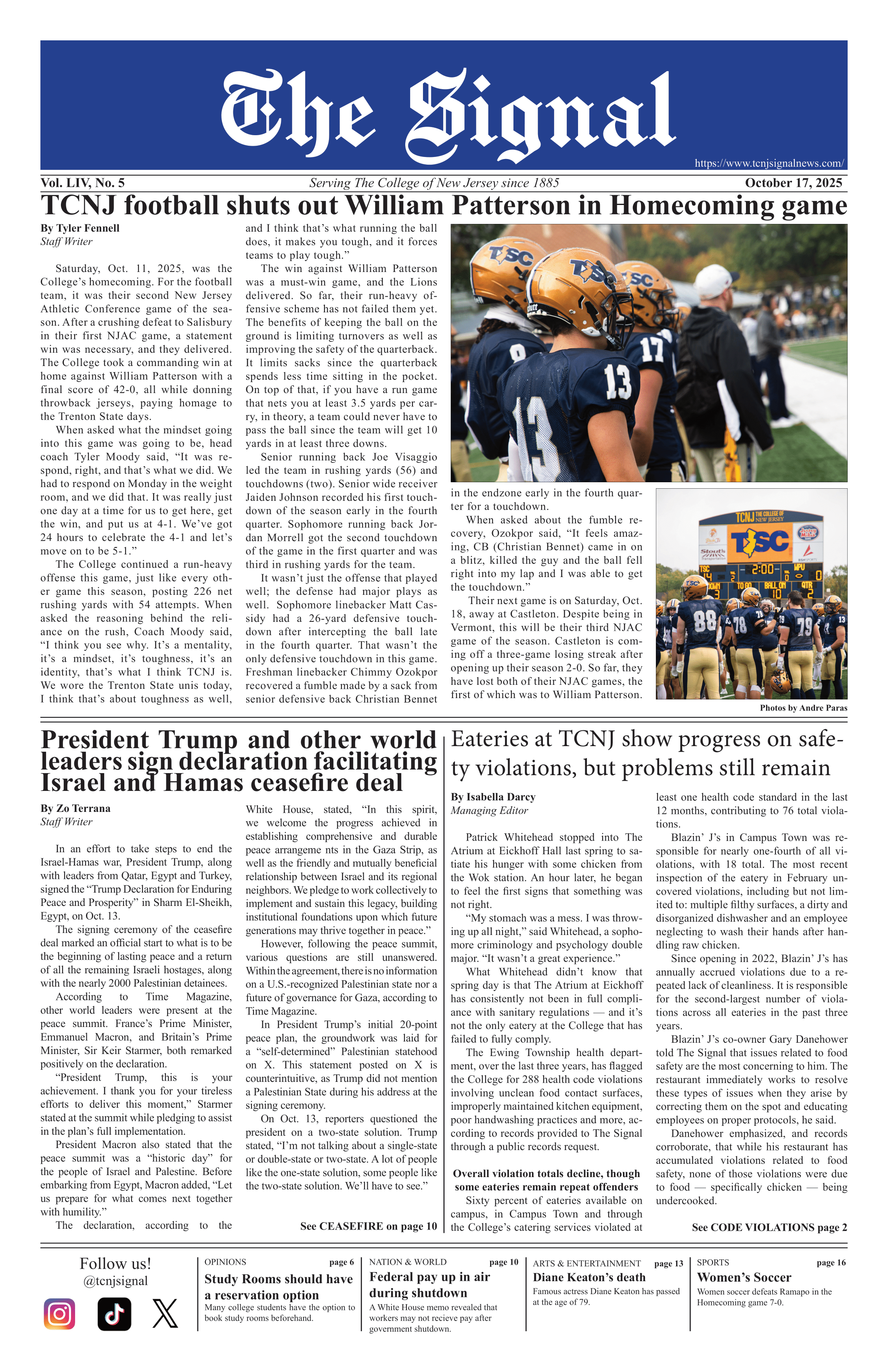By Ellie Schuckman
News Assistant
In the second of six presentations from the College’s Politics Forum series, students and faculty alike gathered to celebrate and discuss the recent publication of a book detailing Bolivian life and the constantly changing definition of the middle class.

“This is where serendipity plays,” she said. “You just never know where it will take you.”
Miriam Shakow, assistant professor of anthropology and history at the College, listened to a panel of three students examine and pose questions regarding her book, “Along the Bolivian Highway,” on Tuesday, Sept. 23, in the College’s Library Auditorium, to which she responded with detailed accounts of her time in Bolivia.
“Within Bolivia, people know that there is a middle class … which, unlike (in) the United States, there is this alternate intermediate category that … is indigenous,” Shakow said. “To be middle-class (in Bolivia) is different than being middle-class in the United States. If you call it middle class, people think of the term ‘clase media,’ the cognitive middle class as amongst the elite, even if they’re not all the way up there.”
The presentation, titled “Readers Respond to Along the Bolivian Highway,” was sponsored by the Department of Sociology and Anthropology, the Department of History and the School of Humanities and Social Science. It was also a celebration of the work Shakow did.
“It’s an important occasion to mark,” said Elizabeth Borland, chair of the College’s Sociology and Anthropology Department. “It’s a big deal for a faculty member to write a book.”
The panel consisted of junior sociology major Chris Felton, senior history and women’s and gender studies double major Caitlin Weisner and senior sociology major Peter Peliotis, each of whom made points regarding specific moments in the book followed by questions they had for Shakow.
“What I really found to be useful … were the parallels found to the United States in looking at our own politics,” Peliotis said. “I liked this idea of intimate politics that Dr. Shakow uses, and that idea is that it’s power struggles between friends, families and neighbors.”
Those in attendance seemed to enjoy the set-up of the discussion, with multiple people giving their views instead of having one speaker.
“I think they had a lot of the same questions I had,” senior sociology major Andrew Wilson said. “It allows for four different perspectives.”
The panel also discussed how people in Bolivia who aspire to reach upper nobility have debated a class struggle: whether indigenous people should rise above their social class or try to break down the hierarchies.
“Bolivia is a society that we often think of as a struggle between the super wealthy elites — a very small minority — and a destitute of an indigenous majority,” said Borland, referring to details in Shakow’s book.
In stating the struggles many Bolivians face, the root of the problem may be in the perception others have on those living in rural areas, as 65 percent of the population is poor, according to Shakow.
“(The town I was in) was officially classified as a rural town, but a majority of the people who lived there did not actually work in farming,” said Shakow as she discussed the misconceptions of many indigenous peoples. “The self-perception of the people in this area were that they were farmers, because that’s how they were used to thinking of themselves … But in fact, most people are making a living through coca leaves or cocaine production.”
With an “economic boom” in cocaine production, many people in Bolivia who classify themselves as lower class have emerged as a type of middle class.
Unlike in the U.S. where there are defined upper, middle and lower classes, in Bolivia, those lines are blurred. Those living in rural towns consider themselves lower-class farmers when, in reality, the work they are doing classifies them as members of the middle-class.
“I never once heard anybody I was working with say the term ‘middle class,’” Shakow said. “They didn’t think of themselves — and I don’t think anybody else thought of themselves — as members of the middle class because they came from the rural area.”
Though the debate of this new middle class rages on, Shakow remains optimistic in her work.






